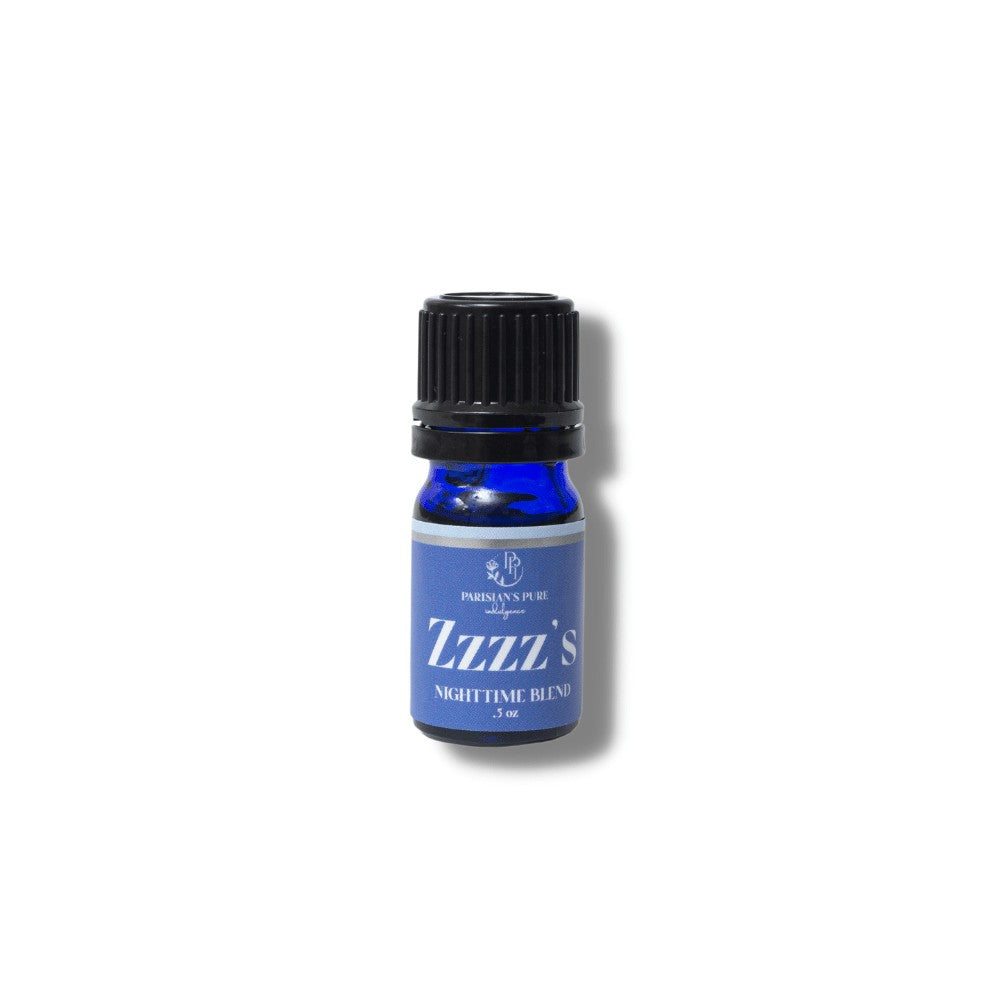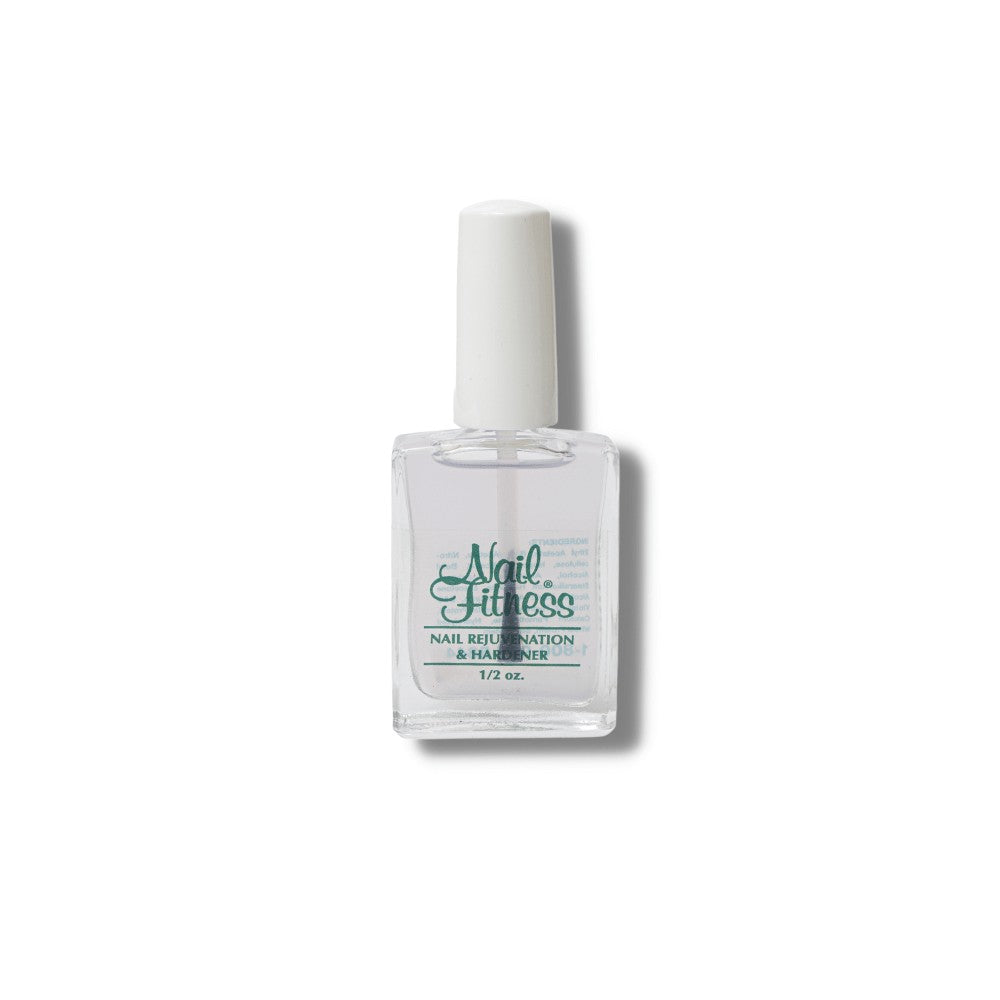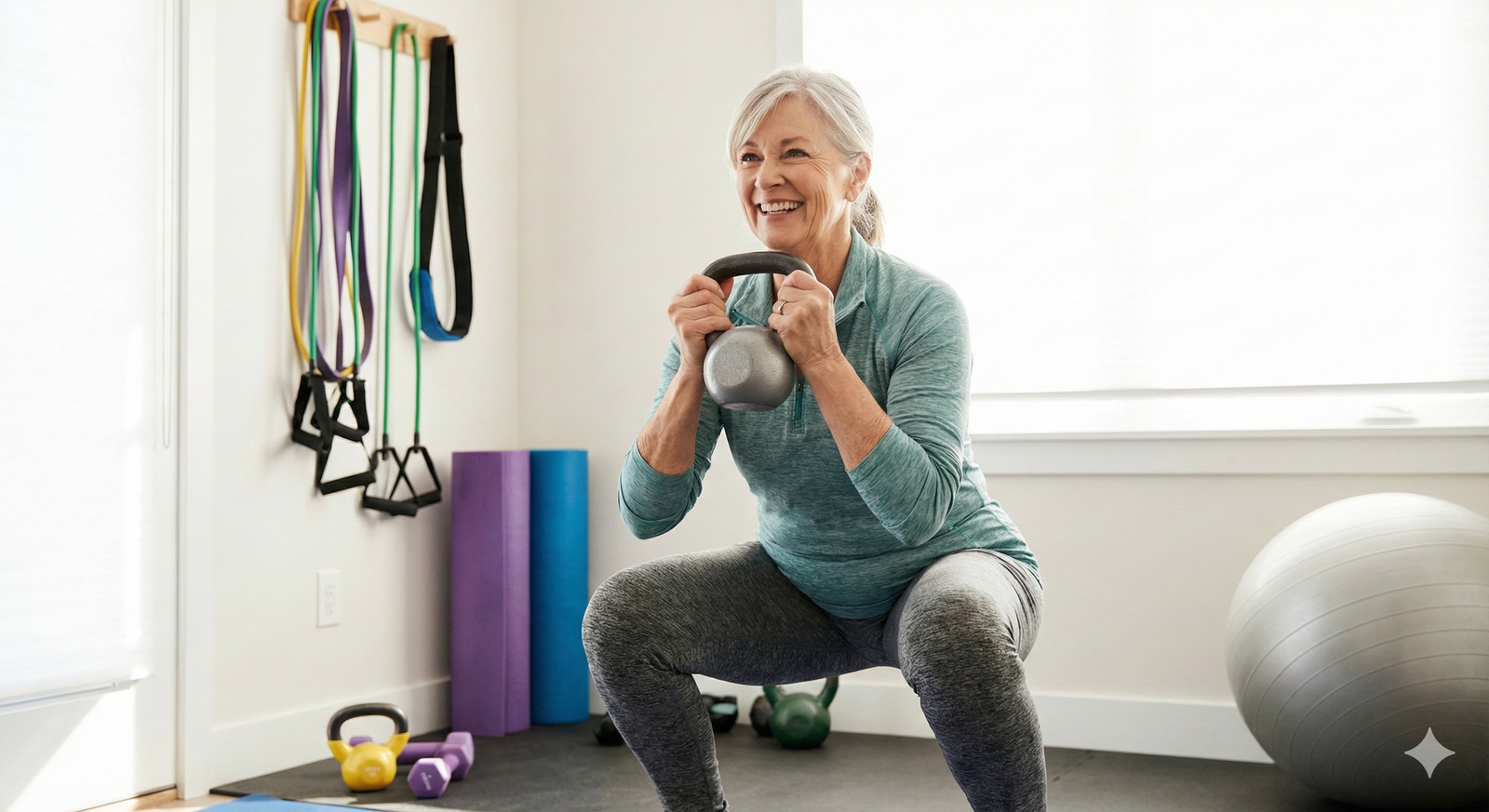How Can Women Over 50 Maintain a Youthful Spirit and Energy?
For women over 50, the key to staying youthful in both spirit and energy lies in a combination of smart lifestyle choices.
Let's explore how the MIND diet, mood boosting, and resistance training can play crucial roles in keeping you feeling young and energetic.
The Power of the MIND Diet
The MIND (Mediterranean-DASH Intervention for Neurodegenerative Delay) diet is a game-changer for cognitive health. This eating plan combines elements of the Mediterranean and DASH diets, focusing specifically on brain health.
Key Components of the MIND Diet:
- Leafy green vegetables (6+ servings/week)
- Other vegetables (1+ serving/day)
- Berries (2+ servings/week)
- Whole grains (3+ servings/day)
- Fish (1 serving/week)
- Poultry (2 servings/week)
- Beans (3 servings/week)
- Nuts (5 servings/week)
- Olive oil (2 tablespoons/day)
- Wine (1 glass/day, optional)
By following this diet, you're not just nourishing your body; you're feeding your brain. Research suggests that adhering to the MIND diet can slow cognitive decline and potentially reduce the risk of Alzheimer's disease.

The Importance of Resistance Training
In addition to a healthy diet, physical activity is even more important for maintaining energy levels and overall vitality. Resistance training is particularly beneficial for women over 50.
Benefits:
- Builds Muscle Mass: As we age, we naturally lose muscle mass. Resistance training helps counteract this loss, keeping you strong and agile.
- Enhances Bone Density: Strength training improves bone density, reducing the risk of osteoporosis—a common concern for women post-menopause.
- Boosts Metabolism: Increased muscle mass leads to a higher resting metabolic rate, which can help manage weight and energy levels.
- Improves Mood: Exercise releases endorphins, which can elevate your mood and combat feelings of anxiety or depression.
Getting Started with Resistance Training:
- Frequency: Aim for at least two sessions per week.
- Exercises: Focus on major muscle groups with exercises like squats, lunges, push-ups, and resistance band workouts.
- Progression: Start with lighter weights or bodyweight exercises and gradually increase the intensity as you become stronger.
Here's a great way to start with a resistance training workout. It's a 15 minute routine.
*Always consult your doctor before beginning an exercise routine.*
Warm-up (2 minutes):
- Light jogging in place or modified jumping jacks
- Arm circles and shoulder rolls
Main Workout (12 minutes):
Perform each exercise for 40 seconds, followed by 20 seconds of rest. Complete the circuit twice.
Bodyweight Squats
Stand with feet shoulder-width apart, lower your body as if sitting back into a chair, then push through your heels to stand back up.
Push-Ups (or Modified Push-Ups on Knees)
Start in a plank position, lower your chest to the ground, then push back up. If this is too challenging, try a wall pushup.
Dumbbell Rows
With a dumbbell in each hand, hinge forward at the hips, then pull the weights up towards your chest.
Lunges (Alternating Legs)
Step forward with one leg, lowering your hips until both knees are bent at 90-degree angles. Alternate legs with each rep.
Plank Hold
Hold a forearm plank position, keeping your body in a straight line from head to heels. I do 3 sets of 1-minute planks. When I started, I could only hold a 15-second plank. I began adding 5 seconds to each plank session thereafter.
Dumbbell Shoulder Press
Standing with dumbbells at shoulder height, press them overhead until your arms are fully extended. Start with one pound weights, or use a bottle of water. Gradually move up to 6-8 lbs.
Cool-down (1 minute):
Light stretching for major muscle groups
This routine targets all major muscle groups and can be adjusted by changing the weight of the dumbbells or modifying exercises as needed. Remember to focus on good form and breathe steadily throughout the workout.
Moody? Not me.
5 triggers that affect our moods as we age:
Alcohol
Alcohol can disrupt sleep and therefore, cause moodiness. Alcohol is a factor in 65% of fatal falls too.
Social Isolation
Social circles may become smaller with age and feelings of loneliness can increase. Limited social interactions can lead to depression and a decline in overall mood. Make it a point to have at least one social interaction, three times a week.
A lack of certain vitamins, like B12 and magnesium, can affect your mood. Eating foods rich in these nutrients, like green leafy vegetables, whole grains, and eggs, may help.
Depression
If you’re tired, unusually sad and moody, talk to your doctor. These are not a normal part aging. Another health problem may be the cause, like depression, cognitive decline, heart disease, or sleep apnea.
Remember, managing moodiness often involves a combination of self-care practices, lifestyle changes, and sometimes professional help. It's important to find strategies that work best for you personally.
It’s never too late to prioritize your well-being and vitality. Practice a positive mindset through spirituality. gratitude, and reframing negative thoughts.
Surround yourself with uplifting people and engage in activities that bring you joy and fulfillment. By maintaining a positive mindset, you’ll retain a more youthful spirit, remain more optimistic, and be vibrant at any age.












